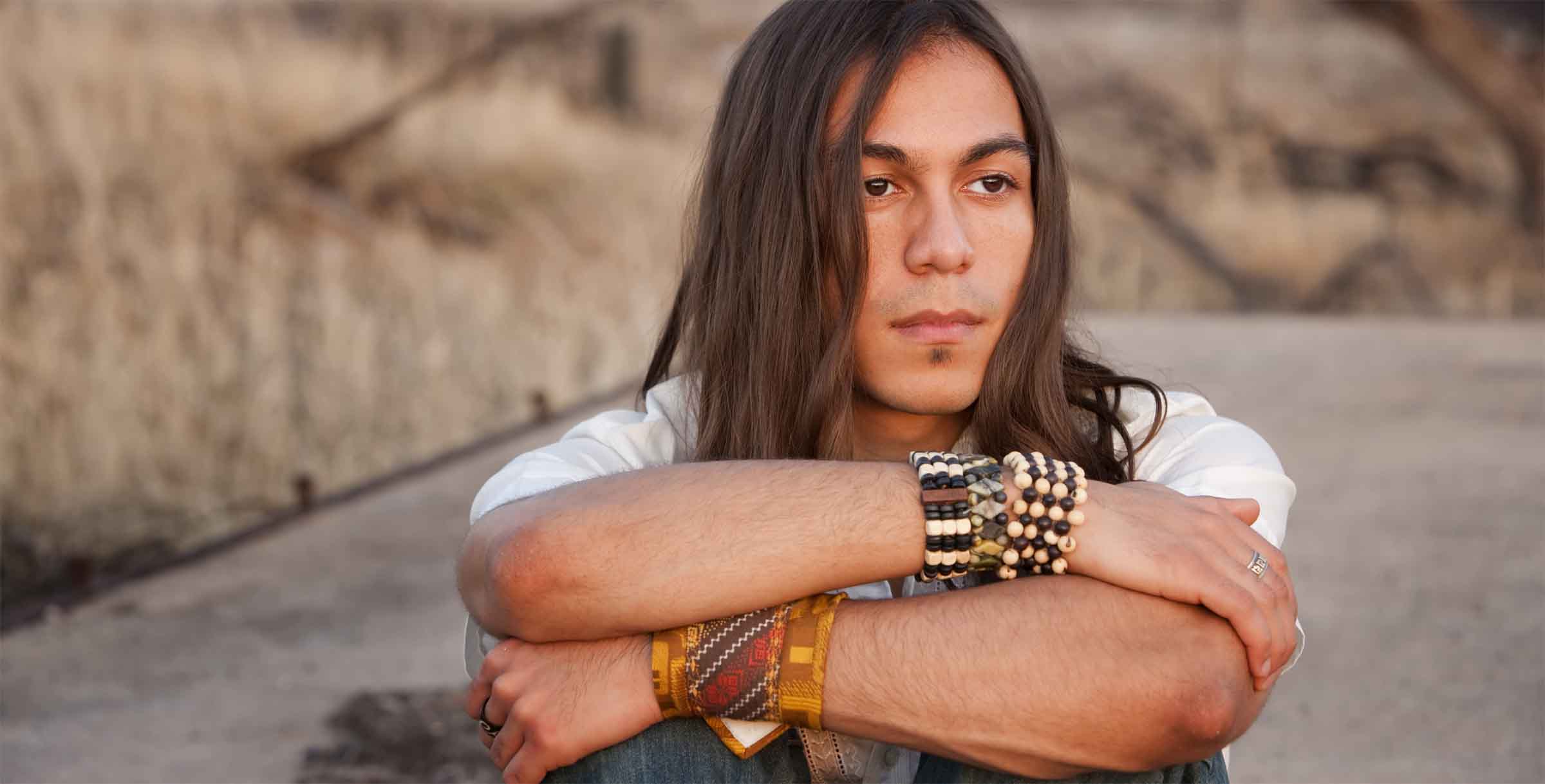
How can Native Americans get coverage under the ACA? Are there specific plan options for them?
American Indians and Alaska Natives (AI/AN) benefit from the Affordable Care Act's expanded coverage. Most American Indians/Alaska Natives have incomes that make them eligible for either Medicaid expansion or exchange subsidies. Unfortunately, a significant percentage of their low-income uninsured population lives in states that have not yet expanded Medicaid, resulting in a coverage gap for adults with income below the poverty level (of the ten states with the largest Native American populations, three — Texas, North Carolina, and South Dakota — have not yet expanded Medicaid, although South Dakota will do so in July 2023).
No cost-sharing if income up to 300% FPL
Native Americans who apply for coverage in an ACA exchange and who have an income of at least 100% and less than 300% of the federal poverty level do not have to pay cost-sharing (deductibles, copays, and coinsurance) on any marketplace plan (note that in states that have expanded Medicaid, Medicaid is available to households with income up to 138% of the poverty level, so eligibility for subsidized marketplace plans starts above that level rather than 100% of the poverty level).
An AI/AN is also exempt from cost sharing for any health services received directly from "IHS (Indian Health Service), Indian tribe, tribal organization, urban Indian organization or through the Contract Health Service program."
To be eligible as a Native American, you must be a member of a recognized Indian tribe, band, or nation, according to the Indian Healthcare Improvement Act.
Until late 2017, the federal government reimbursed insurers for the cost of providing $0 cost-sharing to eligible Native American enrollees. But that was part of the cost-sharing reduction (CSR) program, and CSR funding was cut off by the Trump administration in October 2017. CMS confirmed that funding to cover the elimination of cost-sharing for eligible Native Americans was eliminated along with the rest of the CSR program's funding.
To be clear, Native Americans are still eligible for $0 cost-sharing if their income doesn't exceed 300% of the poverty level. (in the lower 48 states, that's $69,090 for a family of three in 2023; the limits are higher in Alaska and Hawaii). But the federal government is no longer reimbursing insurers for providing that benefit. Insurers in most states have added the cost of CSR to premiums (typically, silver-plan premiums) since 2018.
Year-round enrollment
There are rolling monthly open enrollment periods throughout the year for Native Americans who wish to enroll in the exchanges. They are not limited to enrolling during open enrollment.
Extra benefits for Native Americans eligible for Medicaid or CHIP
Native Americans who are eligible for Medicaid or CHIP have some special protections under federal law:
- There are no enrollment fees or cost-sharing (copays, deductibles, etc.) for Native Americans enrolled in CHIP, and some Native American resources and federal payments aren't counted when determining eligibility for CHIP.
- Medicaid-eligible Native Americans who are eligible for or receive services from the Indian Health Service (IHS), tribally-run health plans, or urban Indian health programs (collectively known as I/T/U, referring to the overall Indian Health System) do not have to pay Medicaid premiums or enrollment fees. In addition, if they've ever used one of the I/T/U programs, they're exempt from Medicaid cost-sharing (copays, deductibles, etc.). As with CHIP, some Native American resources and federal payments are not counted when determining eligibility for Medicaid.
Improvements to existing services
The ACA also made the 1976 Indian Health Care Improvement Act permanent, which enhances and improves the Indian Health Service. American Indians have access to free health care via IHS, but the services provided by IHS are not all-encompassing – which means that referrals to specialists outside of the program are common, and often not covered.
In addition, many people who qualify for tribal care live far from IHS facilities and are thus realistically uninsured. So even though Native Americans can get care through IHS, it's often beneficial to enroll in coverage through the exchange if they can afford to do so. In some areas, pilot programs are providing Native Americans with fully subsidized plans through the exchange.
Louise Norris is an individual health insurance broker who has been writing about health insurance and health reform since 2006. She has written dozens of opinions and educational pieces about the Affordable Care Act for healthinsurance.org.


